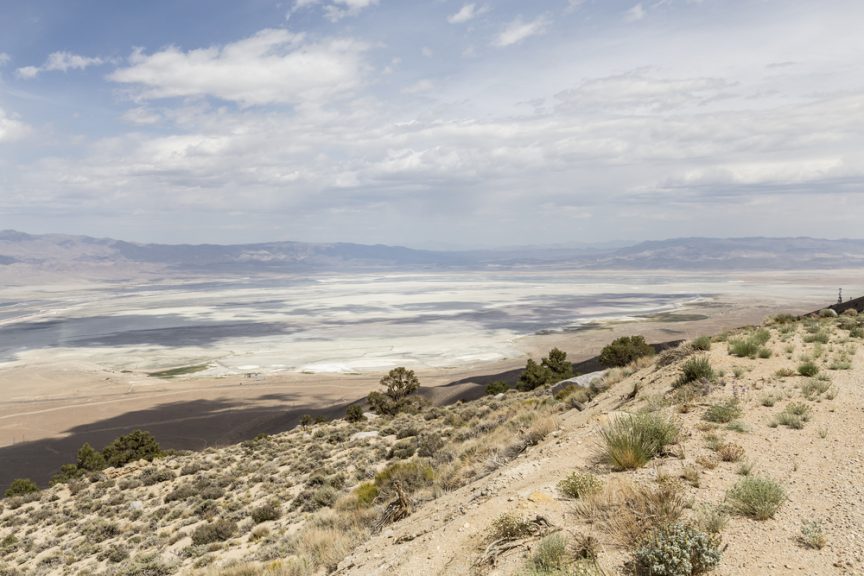With a new report urging alternative approaches to dust control at Owens Lake, California, regional decision-makers need to invest in sustainable solutions suited to local needs.
Originally covering about 100 square miles, Owens Lake — located near Bartlett, California — was largely drained in order to provide water for the growing city of Los Angeles at the turn of the last century. Now, the lake covers only about one-third of its former territory, a situation that is causing serious issues regarding dust control and air quality for the surrounding area.
With so much dried lake bed exposed to the elements, Owens Lake is responsible for a significant amount of particulate matter dispersing throughout the local area. Before any dust control methods were implemented, Owens Lake was to blame for the highest concentration of airborne PM10 anywhere in the United States. While shallow flooding of the lakebed has helped, it’s becoming clear that other methods are needed.
To that end, the National Academies of Sciences, Engineering, and Medicine released a new report advocating for investment in alternative approaches to dust control. The report — Effectiveness and Impacts of Dust Control Measures for Owens Lake — calls for a reevaluation of dust control methods in the area, with particular attention to be paid to ecological stability, water savings, and local tribal concerns.
Understanding the National Academies’ Report
While the report from the National Academies of Sciences, Engineering, and Medicine acknowledges that shallow flooding parts of the exposed lakebed have been partially effective, it also notes that this strategy doesn’t do enough to protect local air quality or take environmental and tribal considerations into account. With the Los Angeles Department of Water and Power (LADWP) having already spent $2.1 billion on dust control in the area as of May 2019, it’s become clear that a new, innovative approach is necessary.
The authors of the report make a series of recommendations that any alternative dust control methods should follow. For example, they advocated for a systems approach that weighs key factors, such as air quality, proximity to groundwater, salinity, habitat stability, and water savings potential. The authors also advised that updated dust control strategies should be complementary to the needs of local biodiversity — such as the area’s migratory birds — and tribal concerns about cultural resources.
Developing the Best Alternative Dust Control Strategy
As the LADWP and their partners — namely, the Great Basin Unified Air Pollution Control District (GBUAOCD) — consider how best to improve air quality at Owens Lake, they should be looking for cutting-edge dust control solutions that take recommendations from the National Academies of Sciences, Engineering, and Medicine into account. By finding the right alternative dust control products, key decision-makers can get better results than shallow flooding, meet the concerns of local stakeholders, and apply their shared resources more effectively.
The sophisticated and environmentally friendly suite of dust control products from Midwest Industrial Supply, Inc. can deliver on these goals. At Midwest, we understand that methods like shallow flooding and ecologically intensive chemicals only provide short-term solutions — and can cause a spate of serious issues in the long run. By investing in dust control that takes the specifics of each site into account and that places a premium on sustainability, organizations can cut down on airborne dust, protect their environment, and use their resources wisely.
Whether you’re in the market for a solution that you can self-apply or you’re interested in Midwest’s comprehensive managed solution, our team of dust control experts is uniquely positioned to help. If you’re ready to invest in dust control that can reduce operating costs and improve health and safety — all while saving you money — Midwest has you covered.

